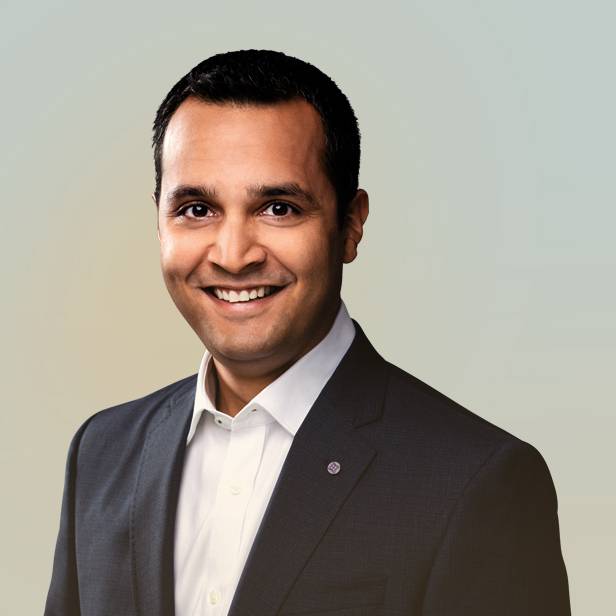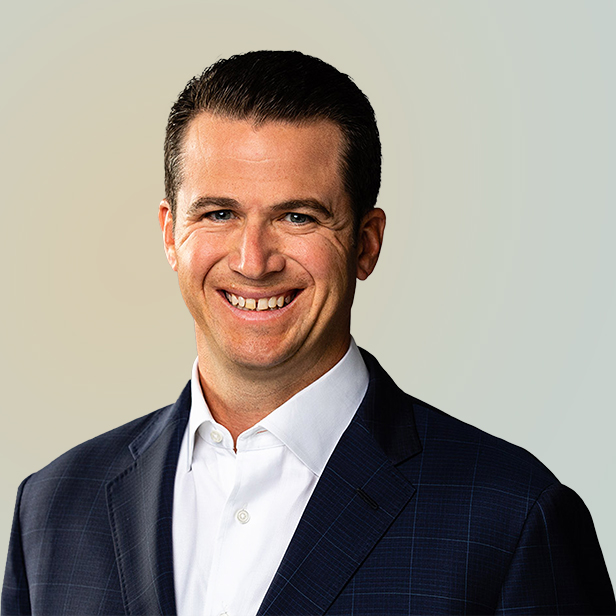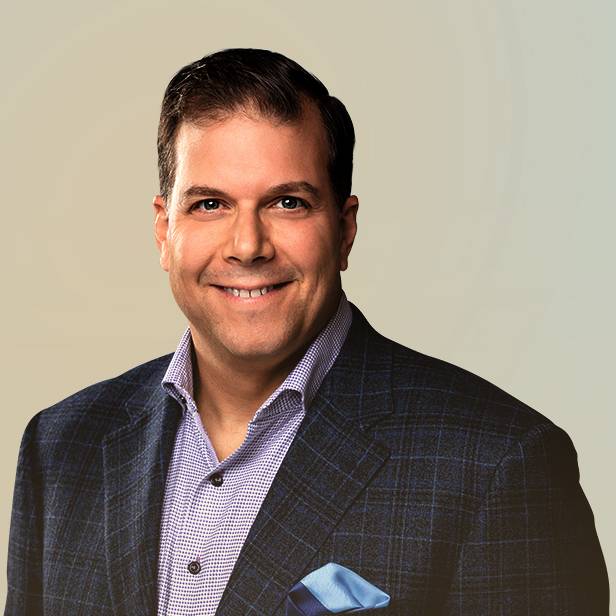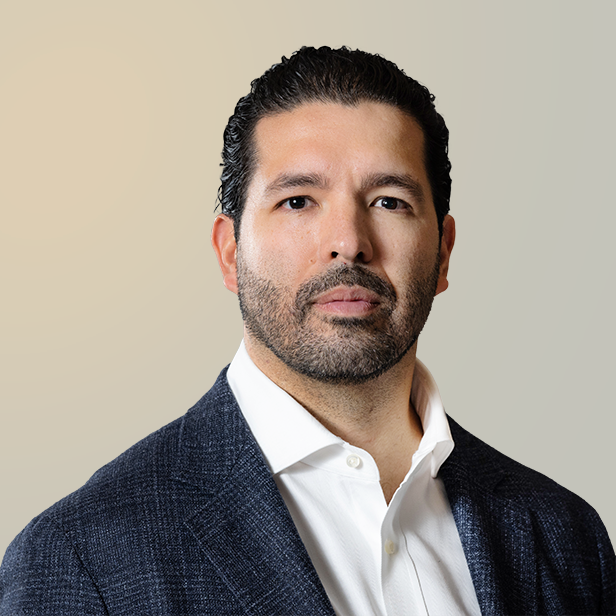What Current Growth Trends are Resonating with the Market?
Nov 2019
Managing Directors at Lincoln International discuss the trends they are seeing in Technology, Media & Telecom, Business Services and Healthcare.
Click below for a glimpse of the conversation or complete the form to watch the full discussion.
Summary
-
Senior investment banking professionals at Lincoln International discuss trends in Technology, Media & Telecom, Business Services and Healthcare.
- Sign up to receive Lincoln's perspectives
To watch the full video, please complete the form below:
What current growth trends are resonating with the market?
Will Bowmer: I guess what we’re seeing in tech is and what we are incredibly excited about, is are not only companies investing for growth, but they’re recognizing the power of private equity, many of you here in this room. And spending even more time, if that’s possible, courting the private equity firms. This past year for the second year in a row, private equity purchased more tech companies than publicly listed companies, by not a small margin, but by a third more. If you trace back what an incredible change that’s been, if you go back to just 2012, private equity was running at half the rate of public companies in terms of their acquisition volume. It’s really in the last 7 years completely changed, so I’d just say increased focus by technology companies on doing conferences like this to make sure they are out there, in front of the private equity universe, getting their story out there.
Rob Brown: Why do you think that is? Do you think that’s a slowing of strategic appetite or just the capital availability issue?
Will: I don’t think there is much slowing on the strategic side. There’s different numbers floating around, but probably on average $1.5 trillion in dry powder in the private equity universe, so that’s a lot of money to put to work.
Francois Carlot: In terms of investment theses, that are really exciting on the market, I think in tech, it’s really interesting when a player is either disrupting an existing industry and retaking market share on the large, established industry or, as we discussed before, helping more traditional players to help them transform and adapt to these transformations. So, this is what we are seeing. In terms of more financial needs, yes, I think we are seeing many companies trying to evolve their revenue mix to what’s recreating more perspective going forward with long-term contracts, etc. To hedge against downturn. That being said, I think this is something that will be discussed later today, but our survey actually shows that PE groups are expecting to be more active in buying companies rather than selling companies by a factor of 4 to 1. So, I think that’s quite positive in terms of outlook for at least the next couple of years.
Chris Brook: Perhaps I’ll end on an international note. I think one of the trends I have definitely been seeing over the last couple of years is a lot more international, cross-border M&A. I’ve been seeing that across the IT sector, which historically have been largely, particularly within Europe, domestic, and there’s been a huge amount of cross-border activity. We’re definitely seeing that in software. That is a continuation of a current theme. Also, we’re seeing that from the PE perspective as well. Many of you will know this, and will be telling me about it, but seeing more U.S. funds interested in investing across the world, particularly into Europe, UK, but increasingly into continental Europe. We’re seeing a lot of funds based in London increasingly taking a more pan-European approach. So, I think for those companies, which have not just got a fantastic market position within their own markets, but are able to think about taking the next step to another country. I think that can really help underpin the attraction to the business and valuations, and obviously a lot more relevant to people like ourselves, where we can really add value with our offices in pretty much all major countries, but also from the private equity perspective, where there’s a huge amount of international expansion expertise.
Barry Freeman: From a healthcare perspective, really from a growth angle, it’s like being a kid in a candy store right now. Meaning that, I can’t think of any other sector of the economy where people come to the table everyday presuming that the way business is done is broken, and it needs to get fixed. Across the board, every sector of the healthcare economy is assumed to be broken and in need of being fixed. And so the opportunity for new entrants and new technologies and new ways of delivering care are all basically embraced and questioned. In other words, when we bring a client to market, it’s not about “Are you the biggest and most established in your space and doing it the traditional way?” No, people don’t want to see that. People want to see what’s the new, novel way in which you are going about solving the issues of quality, access, cost containment, patient experience, etc. So, really never have you seen guilty until proven innocent in a sector of the U.S. economy that’s 18-20%. There’s tremendous opportunity for growth, but ultimately the winners in this story and as we bring businesses to market that are addressing this opportunity, it’s all about the dataset that you can put forward – whether that’s through pilots, partnerships, other kind of joint ventures. Datasets that can show the efficacy of whatever your new model is to address these issues and how it can replicate. That is ultimately the main ingredient for a successful outcome in selling a healthcare business, whether it’s a technology business, a provider company, some other kind of service company around the periphery of pharmaceuticals. It’s all about the data and being able to demonstrate your ability to modify workflows, modify behavior, which is the holy grail of healthcare, getting patients to actually do things differently, and then being able to replicate and scale what you’ve done.
Saurin Mehta: I’ll conclude from a services perspective. We cover such a variety of different subsectors that it’s hard to point to one or two dynamics that says this is going to be the exciting growth trends. If you think about everything from commercial industrial services, where you have aging infrastructure, you have an increased regulatory environment, you have a greater emphasis on environmental health and safety to professional human capital services, where you have more business process outsourcing to market services, as we have kicked off the panel talking about delivery of digitization to the consumer or end-user. There’s a wide variety of different growth dynamics that collectively we are very excited about, but Barry, I think you make a really important point that what’s most critical are two things: One, how do you continue to scale your organization? With many businesses and services, you scale with people, and so it gets back to how do you recruit, retain, development and promote the right people and have that talent density? The other area that we are seeing increased emphasis is how do you truly evidence your differentiation in the marketplace? We see a lot of businesses that grow 20%+, have 25%+ EBITDA margins and then you do your compset, and you show that you’re growing 2.5x faster in the market and your margins are 3x better than the public compset. It can actually be a double-edged sword because a lot of investors will say how are you doing that, and the ability to evidence that and use analytics to actually show here’s how we are really doing it is really, really critical because the contrarian view would be, well you’re only going to get price and pressure coming down on you the other way, so you’re going to revert as opposed to everyone coming up. So, one of the areas that as we think about growth that we are spending more time in and will be important regardless of the sector or what part of the world you are dealing in, is how do you truly cut through the growth of the margin profiles of businesses and really show the evidence of why it’s sustainable over the longer term.
Contributors

I am inspired by working with entrepreneurs and innovators who feel passionately about what they are creating.
William Bowmer
Managing Director & Co-head of Technology, U.S.
San Francisco
I deliver a hands-on approach to provide strategic advice to my clients throughout the transaction and beyond.
Chris Brooks
Managing Director & Co-head of Technology, Europe
London
My goal is to inspire and motivate our people to make a true impact with their clients, their colleagues and their communities.
Robert Brown
CEO | Managing Director | GP-Director
Chicago
As a trusted advisor, my role is to listen, create options and pursue the path that best achieves a client’s total objectives.
Saurin Mehta
Managing Director & Co-head of Business Services
ChicagoMeet our Senior Team

I am a rigorous advocate for my clients with a hands-on, communicative approach, focused on delivering intense advocacy and outlier results.
Sean Bennis
Managing Director & Co-head of Industrials
Chicago
I am enthusiastic about creating sustainable growth and the highest value for our clients and strive to leave a positive footprint beyond any successful M&A transaction.
Friedrich Bieselt
Managing Director & Head of Business Services, Europe
Frankfurt
I enjoy leading clients and realizing their objectives, while structuring solutions to issues that are both intriguing and challenging.
Øyvind Bjordal
Managing Director & Head of Switzerland
Zurich









